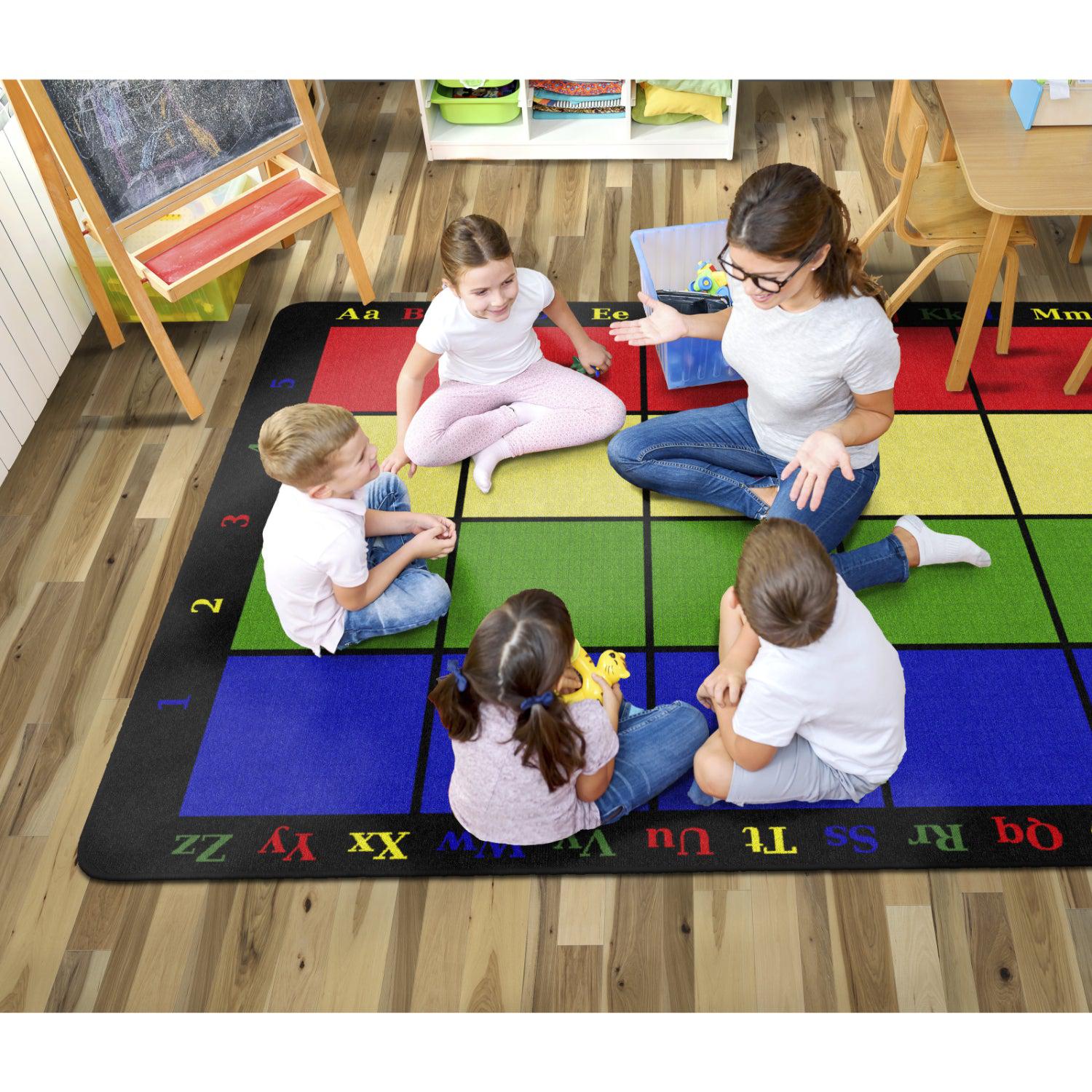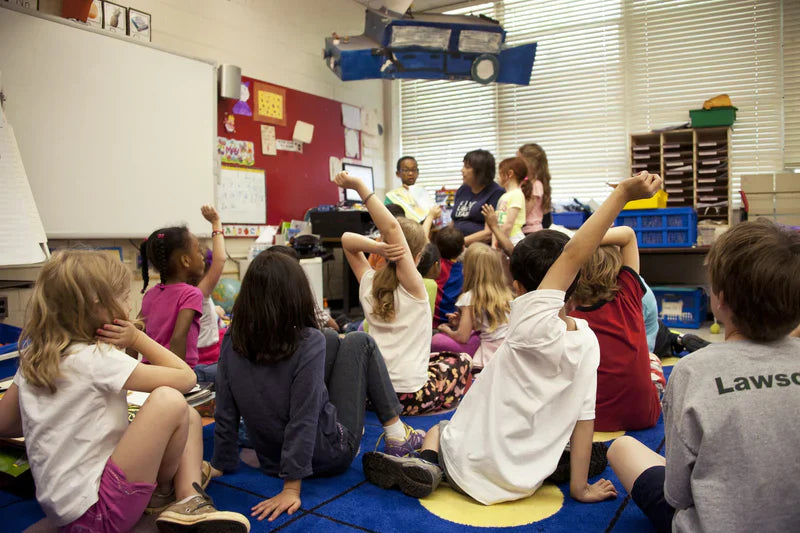When it comes to designing the perfect classroom, we often focus on wall decorations, furniture arrangement, and lighting. But what about that large, colorful square beneath little feet? The humble classroom carpet might just be the most psychologically significant element in the entire learning environment!
As someone who's spent years watching kiddos gravitate toward their favorite carpet spots, I've noticed fascinating patterns that reveal so much about their developing minds. Let's dive into what your students' carpet preferences might be telling you about their inner worlds!
The Corner Dwellers
Have you noticed those little ones who consistently choose the edges or corners of the classroom rug? These "perimeter pals" aren't just being quirky – they're often demonstrating a need for security and clear boundaries. The corner provides a clear vantage point of the entire room while offering the comfort of a defined space.
For these children, consider introducing our Boundary Builder classroom rug with its clearly defined edge patterns that provide that sense of security while still keeping them engaged with the group.
The Center Seekers
Then there are the kiddos who make a beeline for the middle of the rug during circle time – practically diving over their classmates to claim that prime real estate! These center-stage enthusiasts typically display confidence, leadership qualities, and a desire to be seen.
Our Spotlight Circle classroom carpet provides a perfect central gathering spot that makes everyone feel special while supporting these natural leaders in a positive way.
The Pattern Peepers
Some children consistently position themselves near specific patterns or images on the carpet. This selective behavior often indicates strong visual processing preferences and can reveal interests that might not be expressed verbally.
The kiddo who always sits on the alphabet section? They might be showing early literacy interest! The one drawn to numbers? You might have a budding mathematician! Our Learning Landscape classroom rug features multiple educational elements that allow children to express these preferences naturally.
The Movers and Shakers
Some little ones simply cannot sit still on the rug – they wiggle, roll, and constantly reposition themselves. While this might seem disruptive, it actually reveals important information about their sensory processing and learning style.
These movement-oriented learners benefit tremendously from our Sensory Path carpet which incorporates textured elements and movement-friendly designs that satisfy their tactile needs while keeping them engaged with learning.
Carpet Psychology in Action
Mrs. Martinez, a kindergarten teacher in San Antonio, shared this heartwarming story: "I had a very shy student who would only sit on the blue square in the corner of our classroom rug. Rather than forcing him to join the main group, I placed our reading station near his preferred spot. Within weeks, he began inviting other children to join him in 'his' space for storytime. That blue square became his confidence launching pad!"
Creating a Carpet That Speaks Their Language
The ideal classroom carpet should offer various zones that appeal to different psychological needs:
- Clear boundaries for those seeking security
- Central gathering spaces for community building
- Educational elements that spark curiosity
- Varied textures for sensory seekers
- Calming colors to support emotional regulation
Our Ultimate Learning Environment rug incorporates all these elements in one thoughtfully designed space that supports every child's unique psychological needs.
Listening to What the Rug Reveals
Next time you gather your little learners on the classroom carpet, take a moment to observe. Who sits where? Who avoids certain areas? These choices aren't random – they're little windows into developing minds!
By honoring these preferences rather than constantly shuffling seating arrangements, you create a psychologically safe space where children feel their needs are respected. This foundation of security allows for greater risk-taking in learning.
Remember, in the world of early childhood, even something as simple as carpet choices can reveal profound insights about developing minds. Listen to what your classroom rug is telling you – it might just be the most valuable assessment tool you're not using!








Leave a comment
This site is protected by hCaptcha and the hCaptcha Privacy Policy and Terms of Service apply.